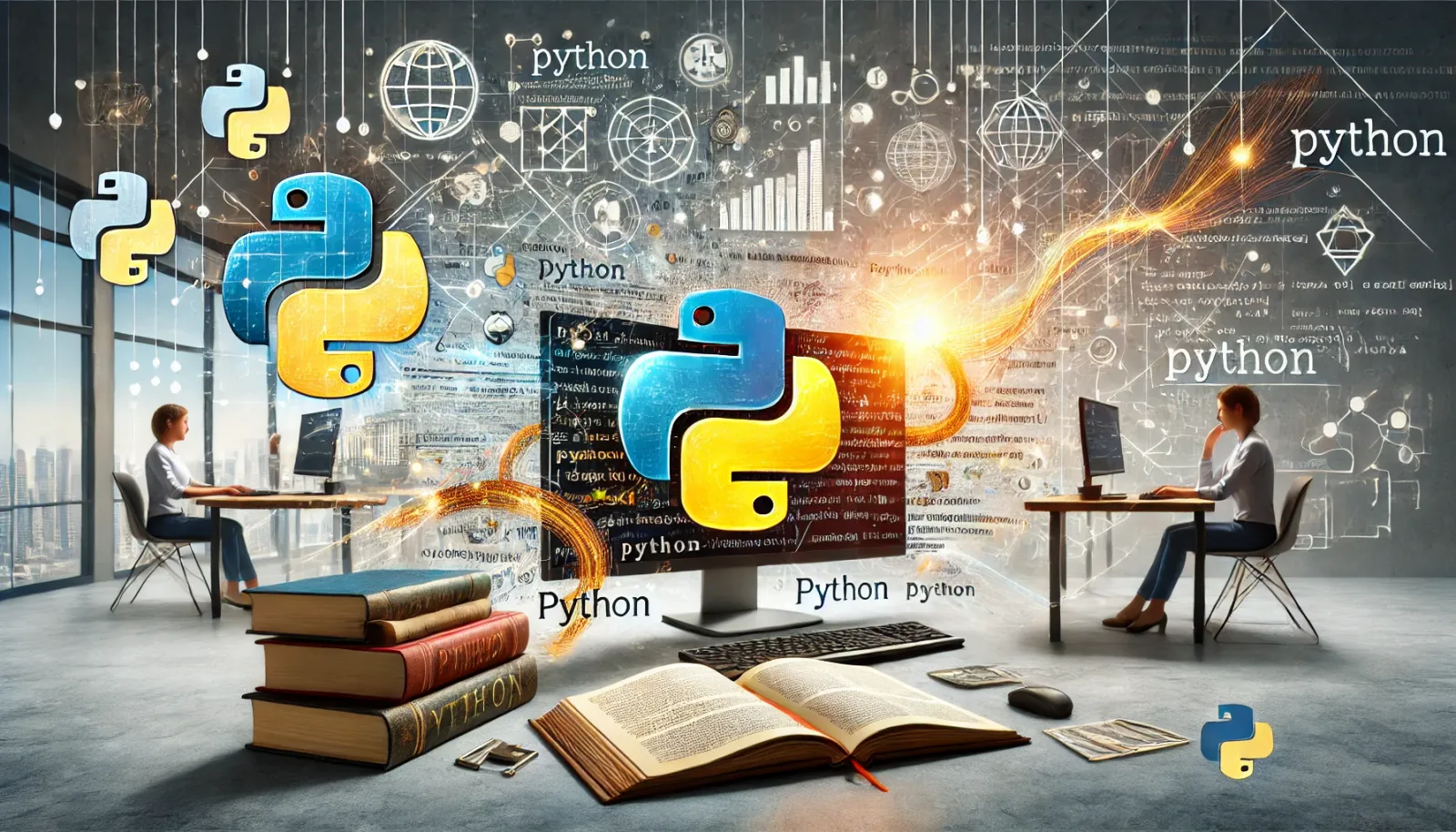🐍 Section 1.1: Introduction to Python

Overview of Python
Python is an interpreted, high-level, and general-purpose programming language. Created by Guido van Rossum and first released in 1991, Python's design philosophy emphasizes code readability with its notable use of significant whitespace. It provides constructs that enable clear programming on both small and large scales. Python features a dynamic type system and automatic memory management and supports multiple programming paradigms, including procedural, object-oriented, and functional programming.
Python is widely used for web and software development, scientific computing, artificial intelligence, data analysis, and automation. The language's extensive libraries and frameworks like NumPy, Pandas, TensorFlow, and Flask extend its functionality to a broad range of applications.
Reasons to Choose Python
Python is chosen by developers and researchers for several compelling reasons:
- Ease of Learning and Use: Python has a simple syntax that is easy to learn, making it ideal for beginners. Its readability and succinct code base allow developers to express concepts without writing additional code.
- Extensive Libraries and Frameworks: Python’s standard library is vast, offering modules and functions for variable and file handling, internet protocols, web services, operating system interfaces, and more. Additionally, Python’s wide array of third-party libraries makes it an excellent choice for developing any program ranging from games to scientific applications.
- Community and Support: Python has a large and active community, providing a wealth of tutorials and resources. The community's size and activity mean that it's easy to find help and guidance on any problem.
- Flexibility and Scalability: From simple scripting to large applications, Python is fundamentally scalable. The language’s flexibility allows developers to use different methods and solutions to solve problems. This adaptability, combined with Python’s performance, makes it suitable for the complexity of modern software development.
- Integration Capabilities: Python can be easily integrated with other programming languages like C, C++, and Java. This interoperability is crucial in environments where a seamless flow of operations is required without sacrificing performance.
For further reading and resources, explore:
- Python.org - The official website of Python, providing comprehensive information, documentation, and latest news.
- Real Python - Offers well-explained tutorials and articles for both beginners and advanced programmers.
- PyCon - The largest annual gathering for the Python community, which fosters networking and learning about the latest developments.